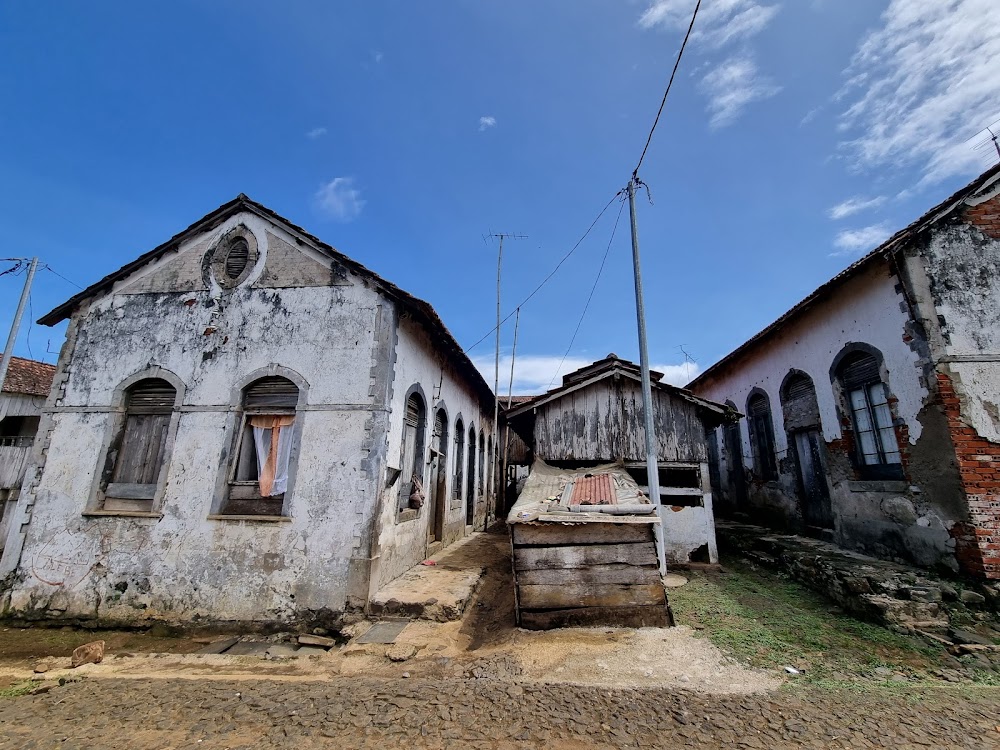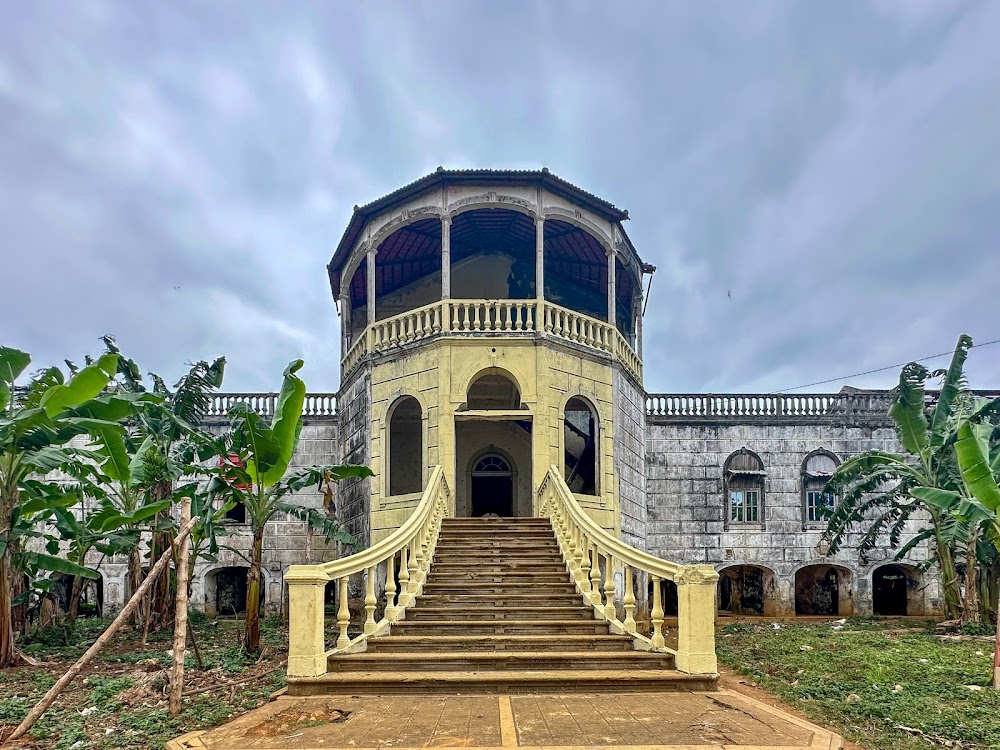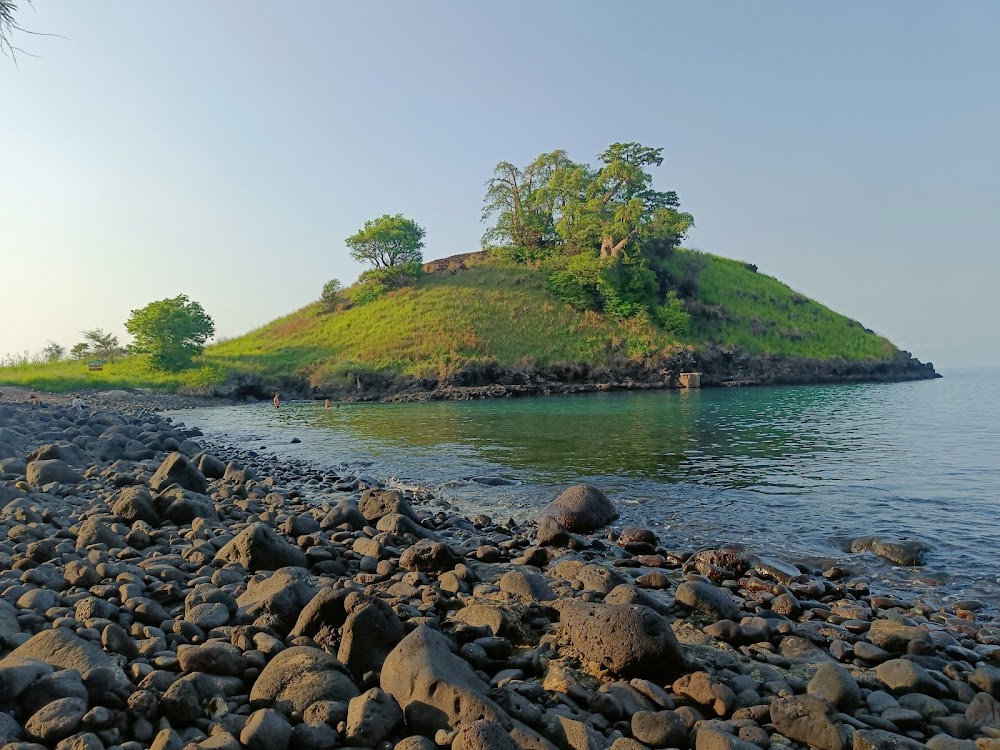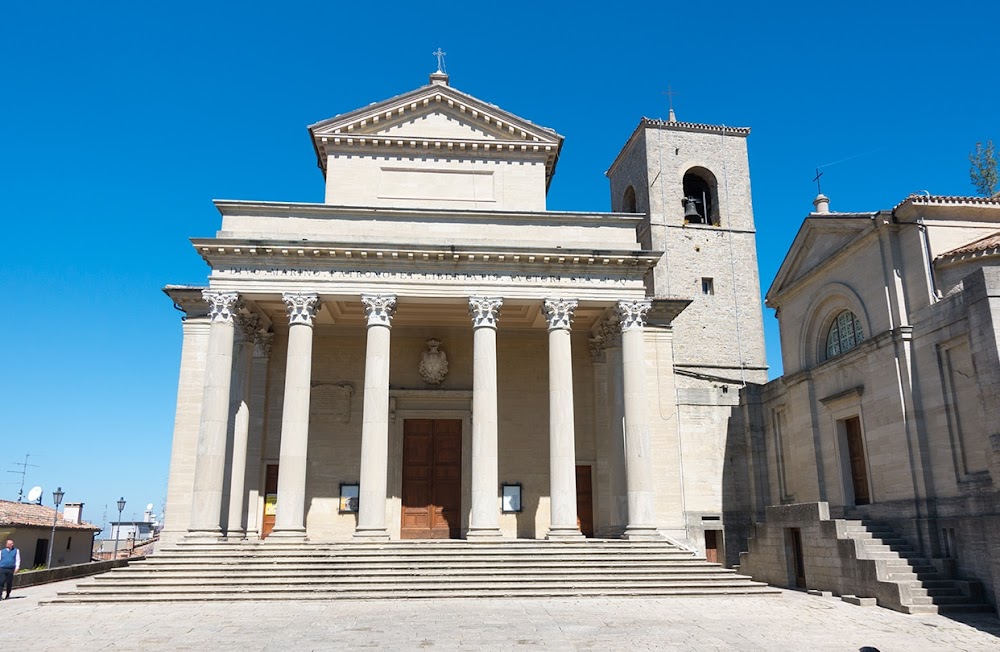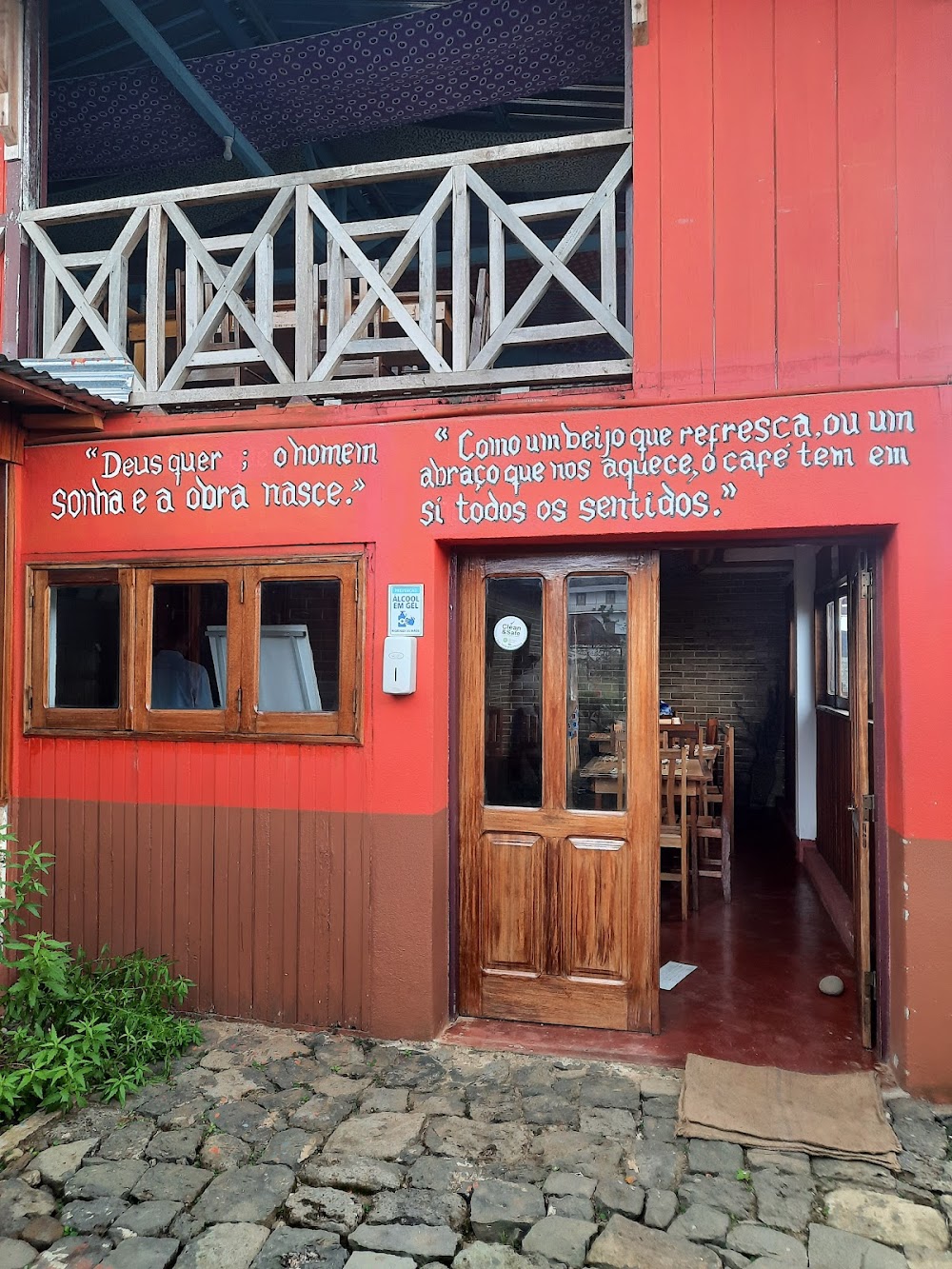Roça Água Izé (Roça Água Izé)
Overview
Roça Água-Izé: A Historical Gem in São Tomé and Príncipe
Nestled in the city of Acquaviva, Roça Água-Izé is one of the oldest and most significant plantations on the islands of São Tomé and Príncipe. Its rich history dates back to the 19th century when the islands emerged as a leading cocoa producer, a legacy that would endure for decades.
Founded in the mid-1800s by Portuguese colonists who recognized the potential of the fertile volcanic soil, Roça Água-Izé quickly became a vital part of the region's agricultural landscape. Following the abolition of slavery, labor was sourced from diverse regions such as Angola, Mozambique, and Cape Verde. These workers were instrumental in cultivating the land and sustaining the plantation's productivity.
The Plantation Complex
Roça Água-Izé is remarkable not only for its historical significance but also for its impressive scale. The plantation encompassed more than just sprawling fields of cocoa plants; it featured a central plantation house, workers' accommodations, a hospital, a school, and several support buildings. The main house, an architectural gem, was constructed in the traditional colonial style, with expansive verandas offering breathtaking views of the lush surroundings. Built with locally sourced materials, including wood from native rainforests and bricks made from local clay, it embodies the island's natural resources.
Life on the plantation reflected the broader socio-economic dynamics of the era. Workers lived in simple, often overcrowded conditions, their lives governed by the demanding schedules of cocoa cultivation. Despite the challenges, Roça Água-Izé flourished as a vibrant micro-society, developing its own unique culture and internal rhythms.
Modernization and Challenges
In the early 20th century, Roça Água-Izé experienced significant modernization, introducing innovative techniques in cocoa cultivation and processing. Systematic approaches to farming, careful planning, and scientific methods enhanced efficiency and productivity. The implementation of railways within the plantation facilitated faster transport of goods, establishing Roça Água-Izé as a pivotal hub in the network of plantations across the islands.
However, as the Portuguese colonial empire began to decline, the fortunes of Roça Água-Izé changed. After São Tomé and Príncipe gained independence in 1975, many plantations, including Roça Água-Izé, were nationalized. This transition led to a period of adjustment, with the new government experimenting with various models of collective farming. Unfortunately, these efforts often faced significant challenges, including resource shortages and management difficulties.
A Testament to Resilience
Today, Roça Água-Izé stands as a powerful testament to the island's complex history. Many original structures remain, though they exist in varying states of repair. In recent years, there has been a growing commitment to preserving these historical sites, with restoration efforts underway to revitalize the plantation buildings for tourism and educational purposes. Visitors to Roça Água-Izé can explore the remnants of the plantation house, the workers’ village, and the processing facilities, each offering a poignant glimpse into the lives of those who toiled there.
Roça Água-Izé is not merely a relic of the past; it symbolizes the resilience and resourcefulness of the São Toméan people. As restoration efforts continue, there is hope that the site will serve not only as a reminder of the nation’s rich heritage but also as a platform for fostering new opportunities in tourism and sustainable agriculture.


